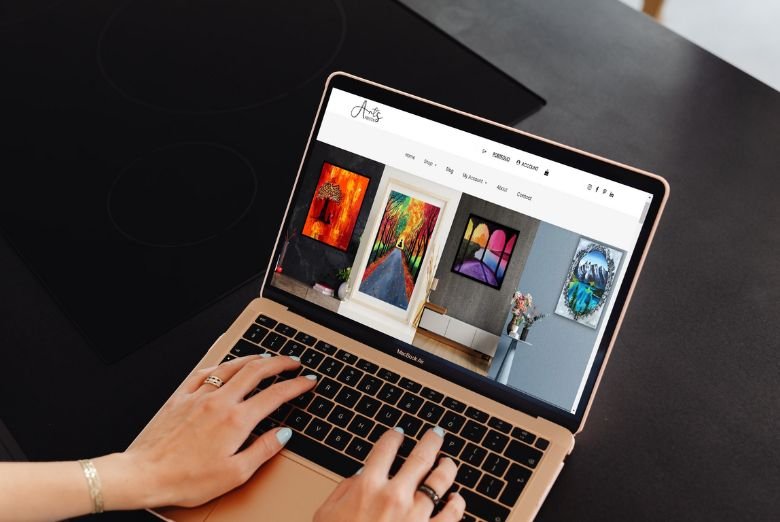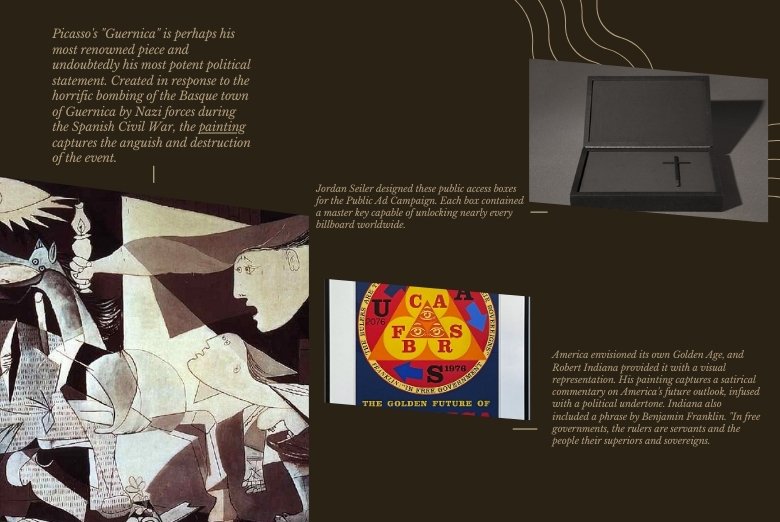So you’ve got the art bug, maybe you’re doodling characters on your iPad, flinging paint at a canvas in your garage, or creating gorgeous watercolors that make your friends go, “You could totally sell this!” But now the big question pops up Print-on-Demand vs Selling Originals?
Should I sell original artwork or dive into the world of print-on-demand (POD)?
Welcome to the great artist’s dilemma of 2025!
In a world where AI tools, e-commerce, and global shipping have flipped the traditional art world upside down, today’s artists have more choices than ever. But which path leads to consistent income, creative freedom, and (maybe) your dream of becoming a full-time artist?
Let’s break it all down—with a splash of personality, real-life insights, and a whole bunch of SEO-friendly knowledge.
What is Print-on-Demand (POD)?
Print-on-demand is like having a magical art printer that only creates your work when someone orders it—on tote bags, t-shirts, mugs, canvas prints, and more.
Think: “I painted a cosmic cat once and now it’s on throw pillows in Tokyo.”
Popular platforms include Redbubble, Society6, TeePublic, Etsy (integrated with Printify or Printful), and more. Artists upload their digital files, choose their products, and let the platform handle the rest: printing, packaging, and shipping.
Pros of POD in 2025
- Passive Income Potential: Once uploaded, your art keeps selling (hopefully!) while you sleep.
- No Inventory Needed: Great for small spaces or artists on the go.
- Scalability: One design can be on dozens of products.
- Global Reach: Customers from anywhere in the world can discover and buy your work.
- Trendy Integration: AI art prompts, viral content, and social media can drive massive POD sales.
“My best-selling design? A smiling noodle bowl saying ‘send noods’. It went viral on TikTok.”
Cons of POD
- Lower Profit Margins: Expect to earn $2–$10 per product.
- Competition is Fierce: Especially on Redbubble and Society6.
- Less Artistic Control: Colors may not print perfectly. Quality varies by platform.
- Hard to Build a Brand: You’re a tiny fish in a big marketplace unless you direct traffic yourself.
What Does it Mean to Sell Original Art?
Selling original artwork means you’re offering the one and only version of a painting, sculpture, drawing, or mixed-media piece—often at a higher price point.
Imagine a collector saying, “This is the only one like it in the world.”
You can sell originals via your website, art fairs, local galleries, Instagram, or Etsy. You handle packaging, shipping, and pricing.
Pros of Selling Originals in 2025
- High Profit Per Piece: A single sale can earn you hundreds or even thousands.
- Unique Value: Originals are cherished for their authenticity and texture.
- Emotional Connection: Buyers love the story and craftsmanship.
- Branding & Legacy: Builds your name in the traditional art world.
- Increased Demand for Handmade Work: Post-AI-art boom, people crave human touch.
“People want to touch the brush strokes now more than ever,” says gallery owner Maya Ruiz. “Originals are intimate. They tell a story.”
Cons of Selling Originals
- One-and-Done Sales: Once it’s sold, it’s gone.
- Shipping Hassles: Packaging fragile art = stress.
- Requires Inventory Space: Especially for larger works.
- Slower Sales Cycle: Original art can take longer to sell unless you’re established.
How to Decide: POD vs. Originals
Choosing between POD and originals is like choosing between pizza and pasta—why not have both?
Many artists in 2025 are adopting a hybrid model.
But here’s a quick breakdown depending on your goals:
1. You’re a Digital Artist or Illustrator
Go POD first. Your work is already in a digital format, and POD lets you build passive income fast. Bonus: it’s easier to go viral.
2. You Love Traditional Media (Watercolors, Acrylics, etc.)
Start with originals. Photograph or scan your best pieces and offer prints or POD versions later.
3. You Want Fast Sales & Exposure
POD on trending platforms + promote your designs on TikTok, Pinterest, and Instagram Reels.
4. You’re Building a Collector’s Base
Focus on original work. Tell stories behind each piece. Build emotional connections and trust.
Hybrid Strategy: The Best of Both Worlds?
Here’s what a modern artist’s business might look like:
- Sell originals on your website or Etsy.
- Upload high-res scans to POD platforms.
- Offer limited edition prints with a signed certificate.
- Use AI tools (like DALL\·E or Midjourney) to brainstorm new ideas or design background elements.
- Run social media campaigns to drive traffic to both.
“I sell the original, but also 50 prints at $30 each. It’s like printing money—legally!”
Real Talk: What Makes More Money in 2025?
Let’s get honest:
- Print-on-Demand is great for volume and reach.
- Originals are better for big-ticket sales and personal branding.
In 2025, the artists making serious money are often doing BOTH:
- A watercolorist sells a $500 original.
- That same piece makes $2,000 in print and mug sales over a year.
- They turn it into a course: “How I Painted This Forest Scene in 4 Steps.”
Diversify, baby. Read this amazing blog about 5 Ways To Diversify Your Income And Make More Money As An Artist
Final Thoughts: Which Path Should YOU Take?
Here’s a little secret: there’s no “right” choice.
Ask yourself:
- Do I want fast exposure or deep artistic value?
- Am I willing to market myself?
- Can I manage logistics and customer service?
- Do I want to create once and sell forever, or create fresh work constantly?
“I started with Redbubble, learned what people liked, then launched my own shop,” says Emma L., a mixed-media artist from Toronto. “Now, I sell both. My originals fund my travels, and POD pays my rent.”
It’s your art journey. Whether you’re printing on mugs or painting on canvas, the world needs your creativity.
So go ahead and test the waters. Mix it up. Sell what makes you excited to create.
The right choice between Print-on-Demand vs Selling Originals? It’s the one that keeps you making art.




I am constantly searching online for tips that can facilitate me. Thanks!